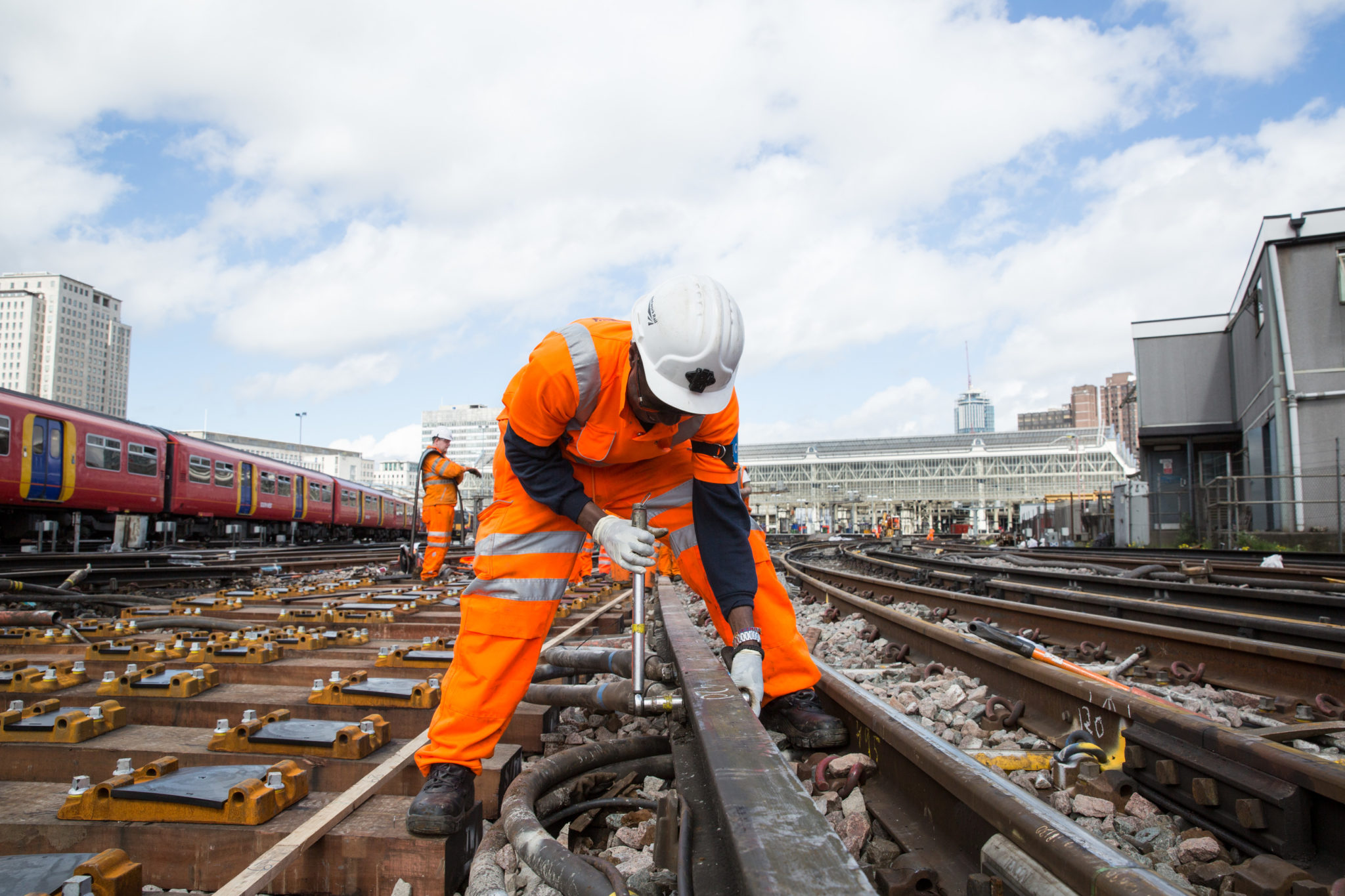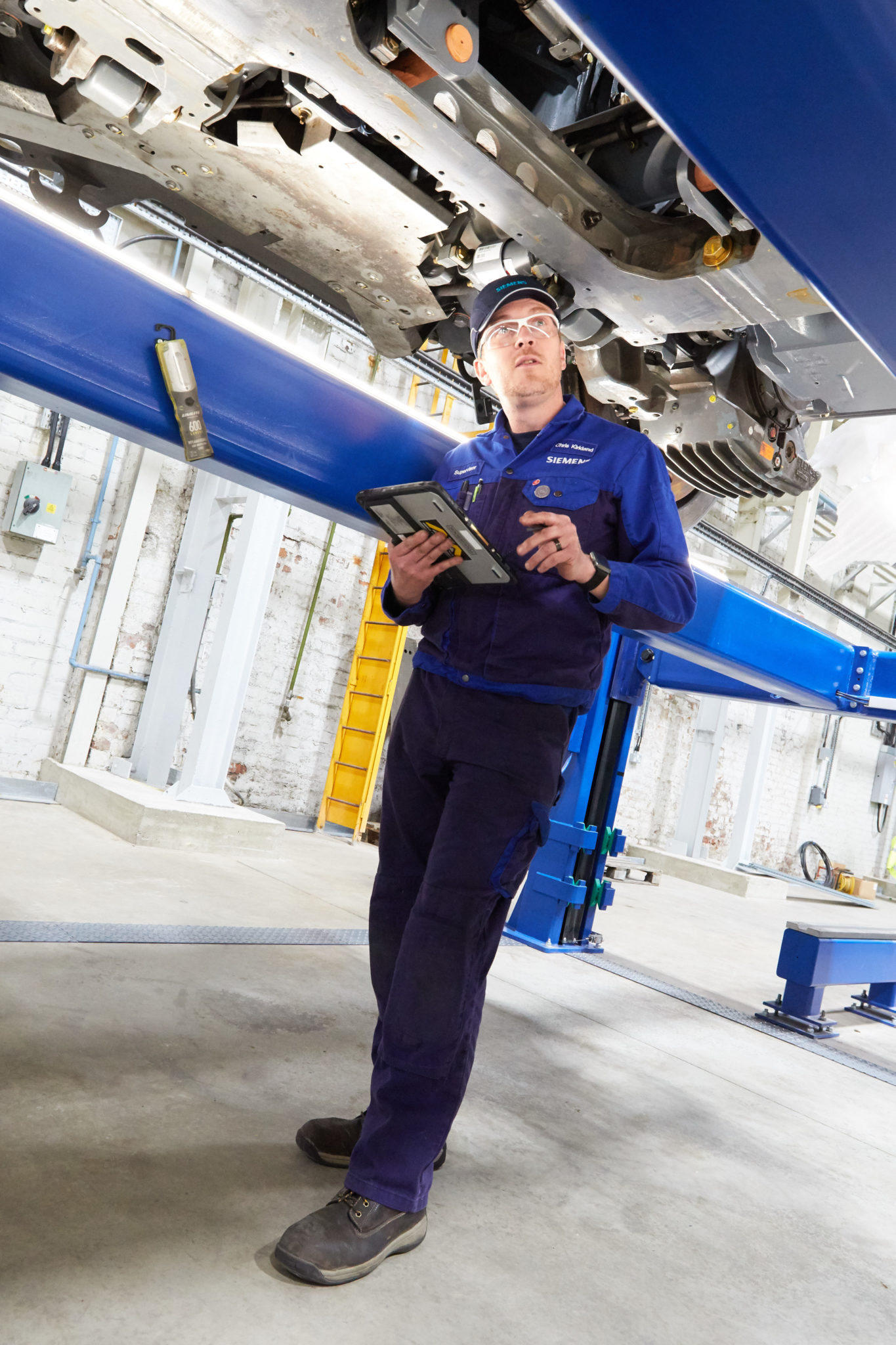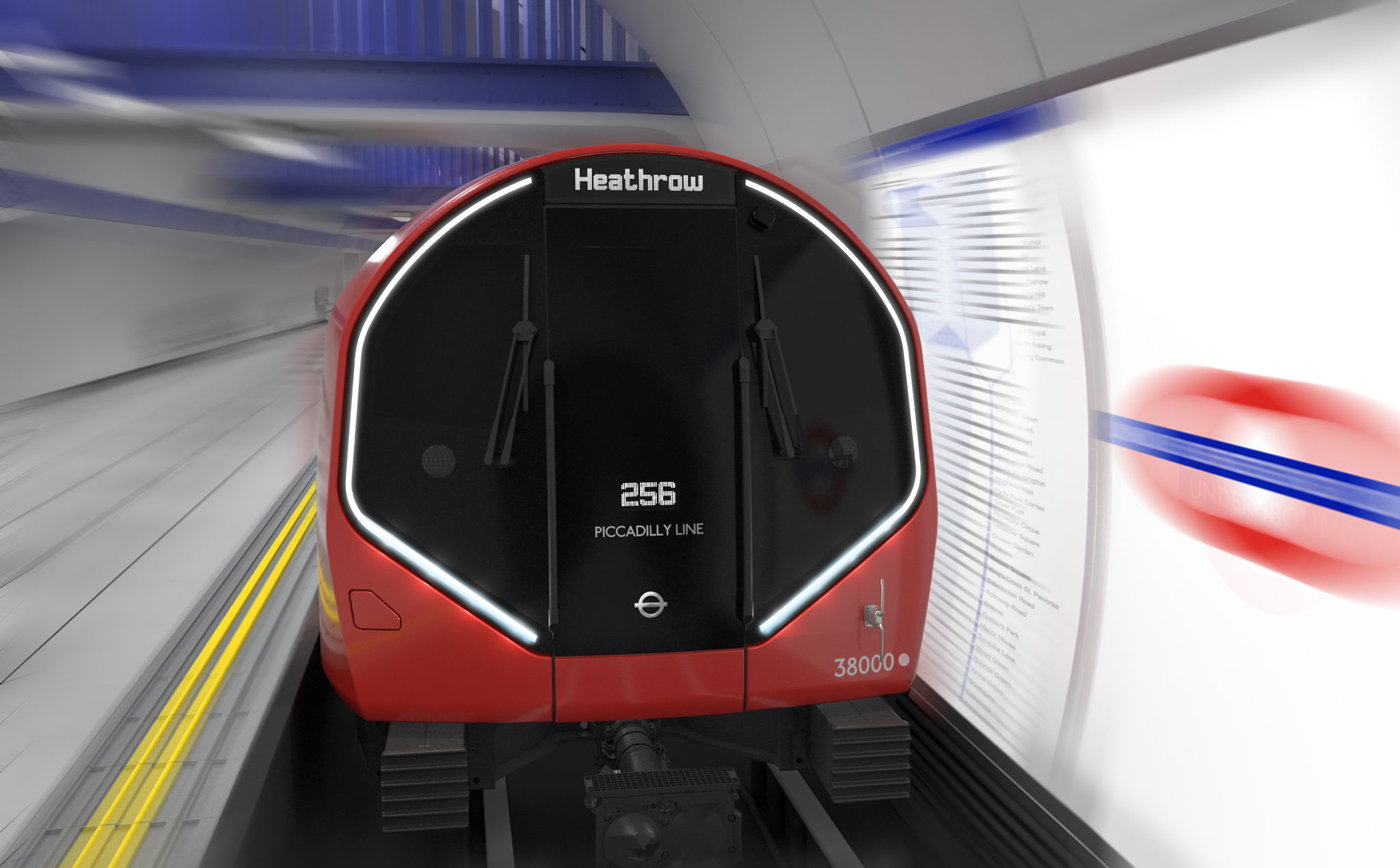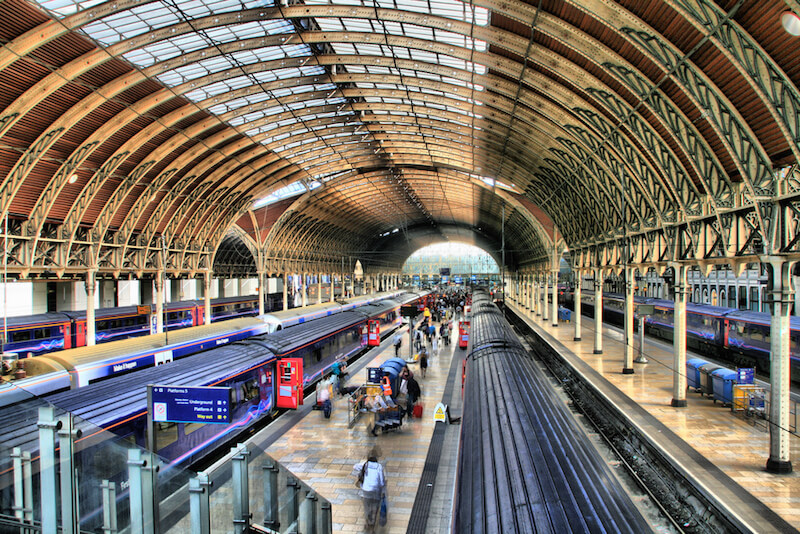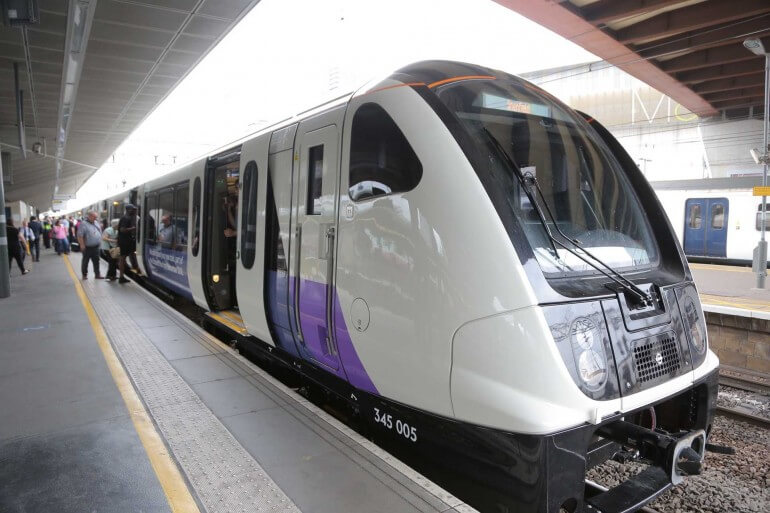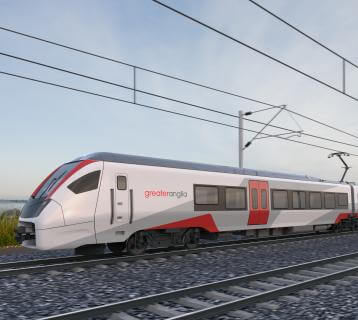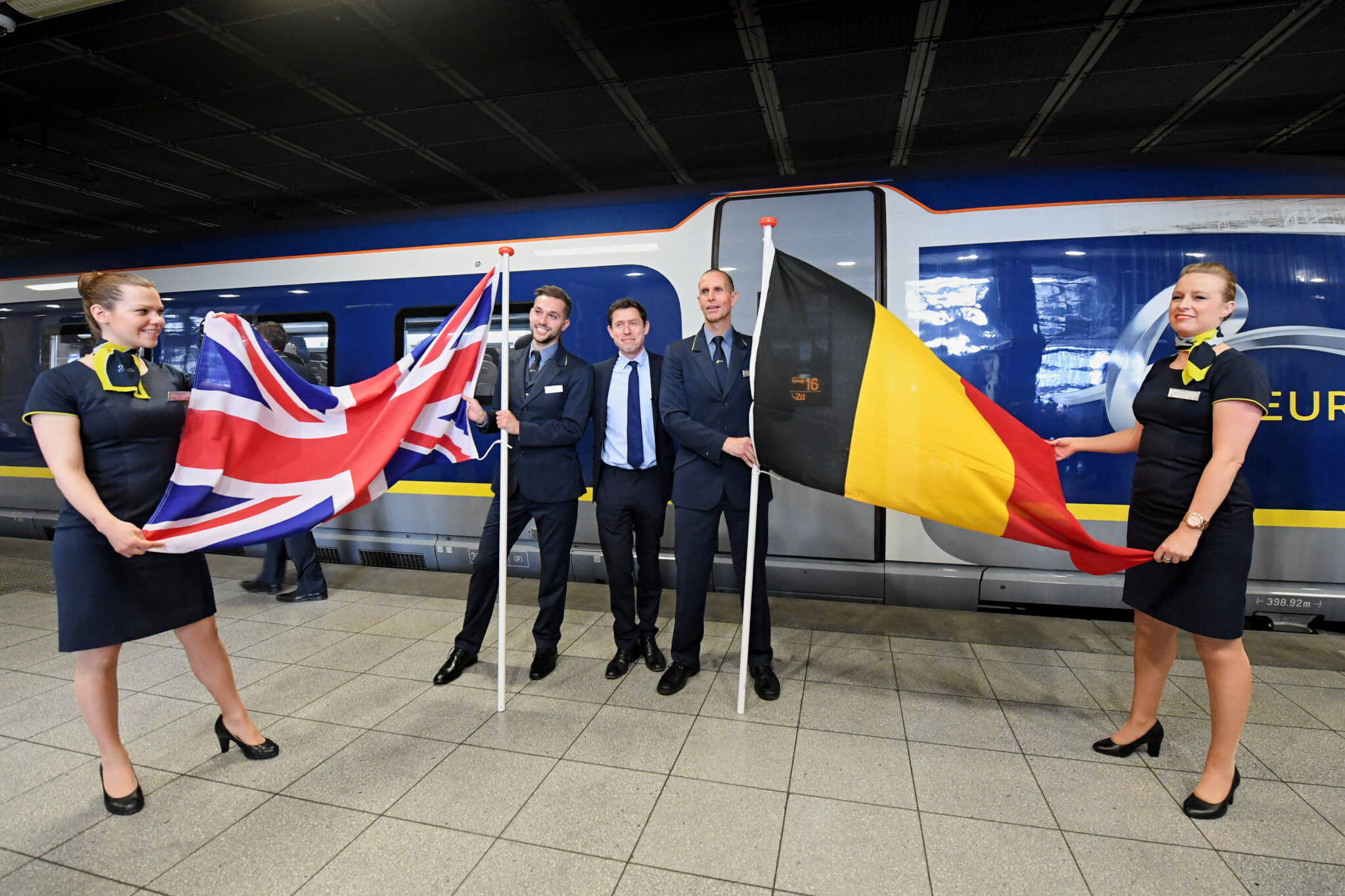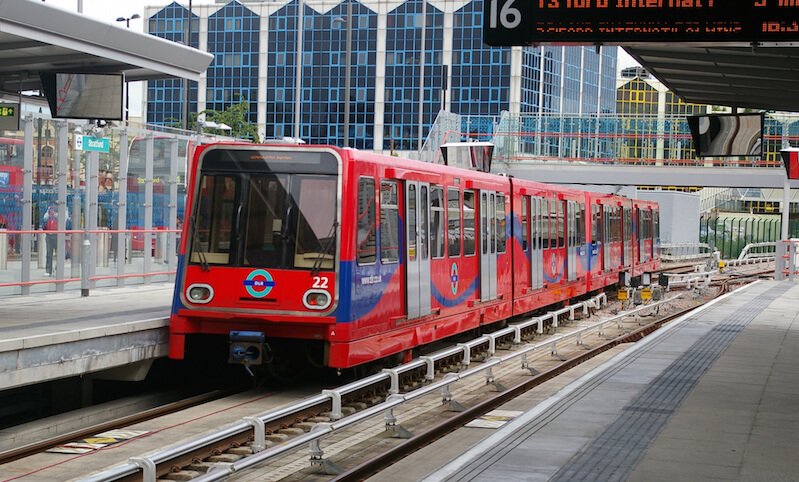The recent statements that the British government is interested in developing plans for the construction of Crossrail 2 (apparently at expense of electrification in regional rail systems outside of the South East) has refocussed attention on rapid transit trains beyond the people who use them. Naturally, the efficient movement of people around economic hubs shall always be a priority for any government. The oldest metro system in the world, the London Underground, dates from 1863 and whilst cruising along the dozens of subterranean rivers in London might have its appeal for some people, the ease with which it whisks passengers, in just one stop, from Oxford Street to Green Park, is definitely the best way to get around the city; this is also true of the metros in New York, Paris and Singapore as well as the hundreds of similar systems that serve cities across the globe. These similarities of course include flaws; mass public transport is inevitably vulnerable to crowding, confusion, dirtiness, increasingly intrusive security measures…and delays!
As of 2017 there are almost 50 new metros under construction in cities around the world; from the single line in Quito (Ecuador) to the 27 new systems in China and India alone this type of transport has retained its appeal for urban planners. The developers of these systems obviously want them to become an intrinsic part of positive travel experiences around the city for residents, commuters and visitors. However, given how different these cities are, what factors make a good metro system? All metros make it easier and quicker to get around an urban area, but nowadays planners are also concerned by impact on the environment and integration into the urban landscape. With that in mind, here is a list of the 5 best new metro systems under construction:
-
Sydney Metro (New South Wales, Australia)
If you enjoy travelling by rail for pleasure Australia is a top destination; boasting two of the most scenic routes in the world: The Ghan and the Indian-Pacific. As a mode of convenient transport, however, the general infrastructure of rail on the continent lacks something: not a single city has a rapid transit system! However, once it opens in 2019 the network in New South Wales will be enhanced by the Sydney Metro. The Northwest line will allow up 40,000 passengers per hour to commute between residential districts and commercial zones. By 2024 the City and Southwest Line will cover the Central Business District and include tunnels underneath Sydney Harbour. The Northwest Line will also include a section of ‘Skytrain’: 4 kilometres of elevated tracks. The Sydney Metro is the culmination of decades of proposals and planning…in addition to this, there will be the increasingly commonplace features of driverless trains, platform doors and apps for planning journeys; more than that though: Victoria Cross Station will become one of very few to include lift-only entrances.
- Opening: 2019
- Full Completion: 2024
- Length: 66km
- No. of Stations: 31
- Capacity: 40,000 per hour
- Cost: £7.3 billion (12 billion AUD)
- Train Headway: 4 mins
https://www.youtube.com/watch?v=GKi69Az5UHI
-
Jakarta Mass Rapid Rail Transport (Java, Indonesia)
The majority of new systems being built are in China and India, which itself indicates how routine this type of development has become for large, sprawling cities… all of the cities in these countries receiving new metros are, by the standards of these states, comparatively minor and provincial. One major city in the Far East which desperately needs a metro to reduce congestion is Jakarta. Comprised of hundreds of tiny islands it is easy to forget, or never know, that Indonesia is actually one of largest countries in the world; with its 10 million inhabitants, who travel around on anything from motorcycles to mini-buses, Jakarta is one of the most overpopulated, and difficult to get around cities in the world. The opening of the Jakarta Mass Rapid Transit System in 2019 will fulfil the previous promises of mono-lines and better bus networks which were eventually abandoned by the government. Unlike some of the projects on this list, technical innovations and aesthetic values of a system serving a city for which the practical benefits of cutting across it underground would be transformative are less of a priority. The JMRT will use Japanese trains, but the most significant feature of it will be handling the enormous numbers of people expected to use it….and resisting earthquakes! The tunnels are ‘floated’ in clay to reduce the stress caused by the dozens of quakes which occur in Indonesia every year.
- Opening: 2019
- Full Completion: 2027
- Length: 110.3km
- No. of Stations: 21
- Capacity: 193,000 per day
- Cost: £1.8 billion (22.6 trillion IDR)
- Train Headway: 5 mins
-
Honolulu Rail Transit (Hawaii, USA)
The fact that Hawaii’s largest city has a rapidly increasing population and is massively congested is not quite the image of the archipelago we have in mind, but at least the city authority is seeking to manage these issues effectively. This is perhaps to be expected of a city which provides a dedicated minivan for the usage of disabled persons who cannot take the cities buses. By 2025 the first fleet of truly driverless trains in the US will transport passengers along 31 km of elevated tracks. The progress of the project so far, which is behind schedule and over budget, has caused some consternation amongst residents across the state, but the benefits of it do suggest that it’s the right direction for transport in the Hawaiian capital. The design of it is based on TOD (Transport Oriented Development), which sounds slightly grim, but is really much preferable to unplanned urban sprawl which becomes difficult, expensive and environmentally unfriendly to travel around. The planners have emphasised the importance of offering a system which is integrated into the unique surroundings of the city it serves and is aesthetically pleasing for passengers: in addition to technological innovations the 21 stations on the route will be furnished by native plant species and art installations which reflect the character and heritage of the areas served by them.
- Opening: 2020
- Full Completion: 2020
- Length: 32km
- No. of Stations: 21
- Capacity: 119,600 per week
- Cost: £5.5 billion ($7.1 billion)
- Train Headway: 5–11 mins
-
Elizabeth Line (London and South East, UK)
The gleaming images of convenience and efficiency on the webpages for the Sydney Metro, and Honolulu Rail Transit are surprisingly easy to buy into; But the Elizabeth Line, formerly Crossrail, is probably the most impressive project on this list! Running east to west, the system will be integrated into the existing London network and provide faster, more efficient travel for the thousands of people who commute in London and into London from other counties every day. As with all of the other systems on this list Crossrail has incorporated the wider environment of stations and other spaces into its design for the system. It also continues the work of ‘Art on the Underground’ by incorporating contemporary installations into the network. Of course, whatever it looks like, it will be the economic impact on which the success of ‘Europe’s largest infrastructural project’ will be judged.
- Opening: 2018
- Full Completion: 2019
- Length: 118km
- No. of Stations: 40
- Capacity: varies
- Cost: £14.8 billion
- Train Headway: Varies (Paddington-Whitechapel: 3 mins)
-
Delhi-National Capital Region Regional Rapid Transit System (National Capital Region, India)
As noted earlier, the hub for rapid transit is in China and India where the integration of metros into the city infrastructure has become the norm in these BRIC (Brazil, Russia, India and China) nations. Nevertheless, the newest addition to the network of systems in India is, akin to Jakarta, excessively overdue. New Delhi already has a metro, but it and the surrounding region, which includes several outlying cities and boasts a population of almost 60 million residents, suffers from massive congestion to the extent that the government of the region was compelled to introduce a law which only permitted cars with odd and even numbered registration plates to be on the roads on correspondingly alternate days. This system is the most recent on this list to enter development and so many features of it are unconfirmed, but so far we know that it will join up with the existing network, including the Delhi Metro, to provide an additional 8 corridors for commuting across the region via 2 phases of construction. In common with many similar systems in this part of the world the NCR Metro does not boast any particular technical innovations in its track, trains or stations but focusses on the infrastructural and environmental benefits of simply reducing travel time and integrating TOD into future planning for the region.
- Opening: 2024
- Full Completion: TBC
- Length: 700km
- No. of Stations: 59
- Capacity: TBC
- Cost: £4.5 billion (37, 5390,000,000 INR)
- Train Headway: 5–10 mins
FOR ALL THE LATEST INFORMATION, NEWS, IMAGES, VIDEOS AND ARTICLES ON ALL ASPECTS OF INFRASTRUCTURE, PLEASE CLICK HERE.

















